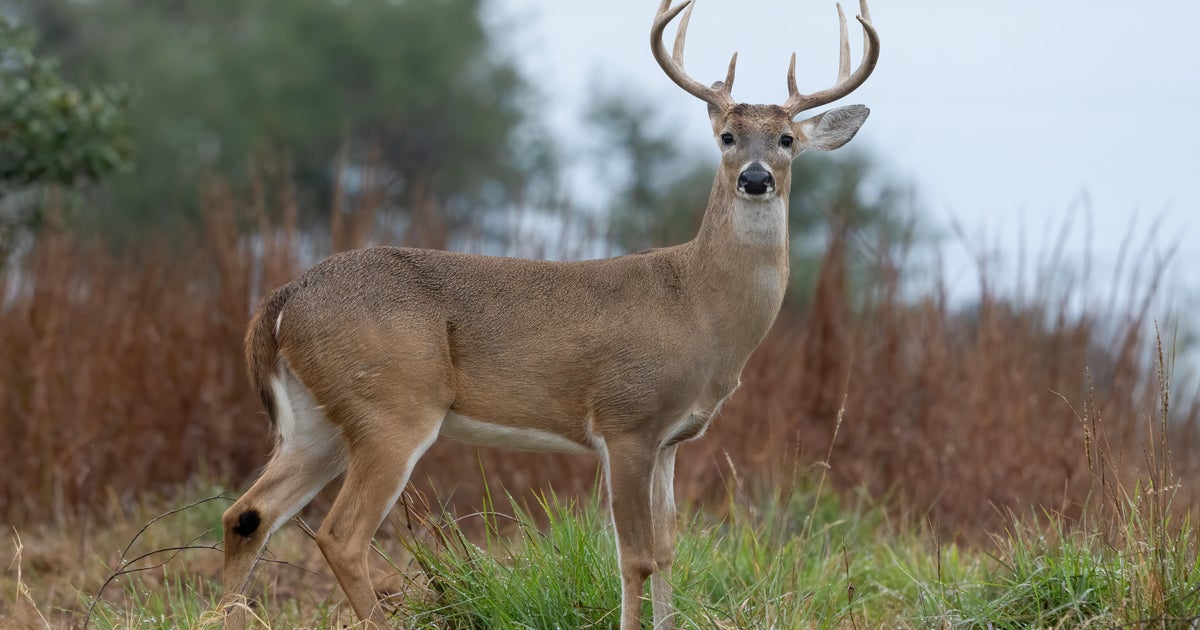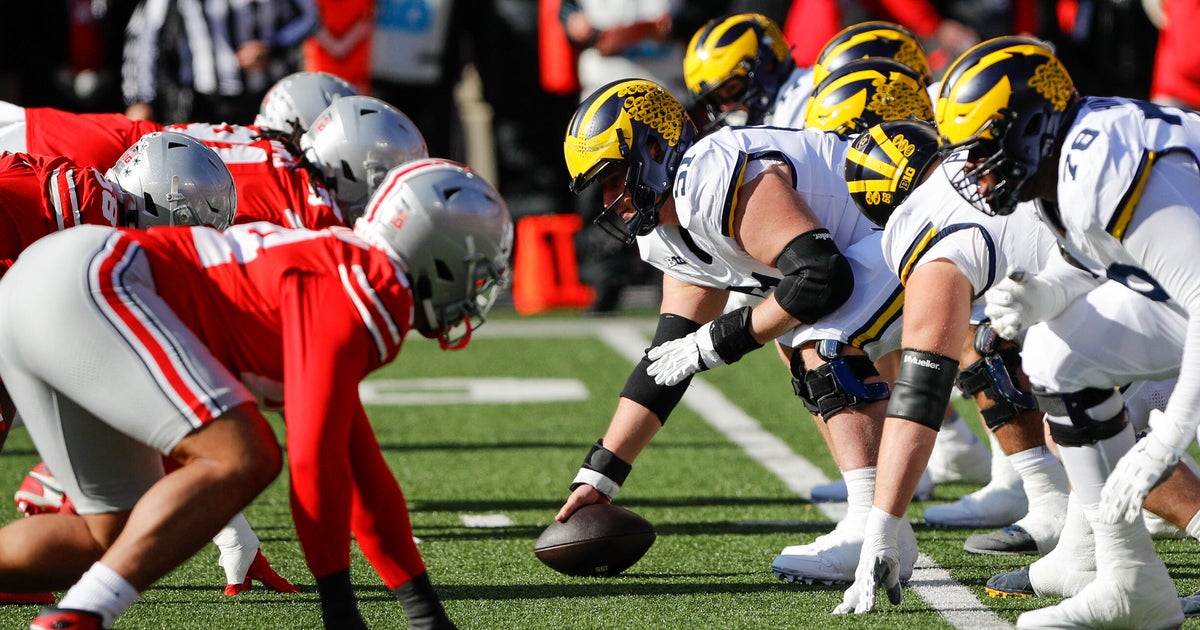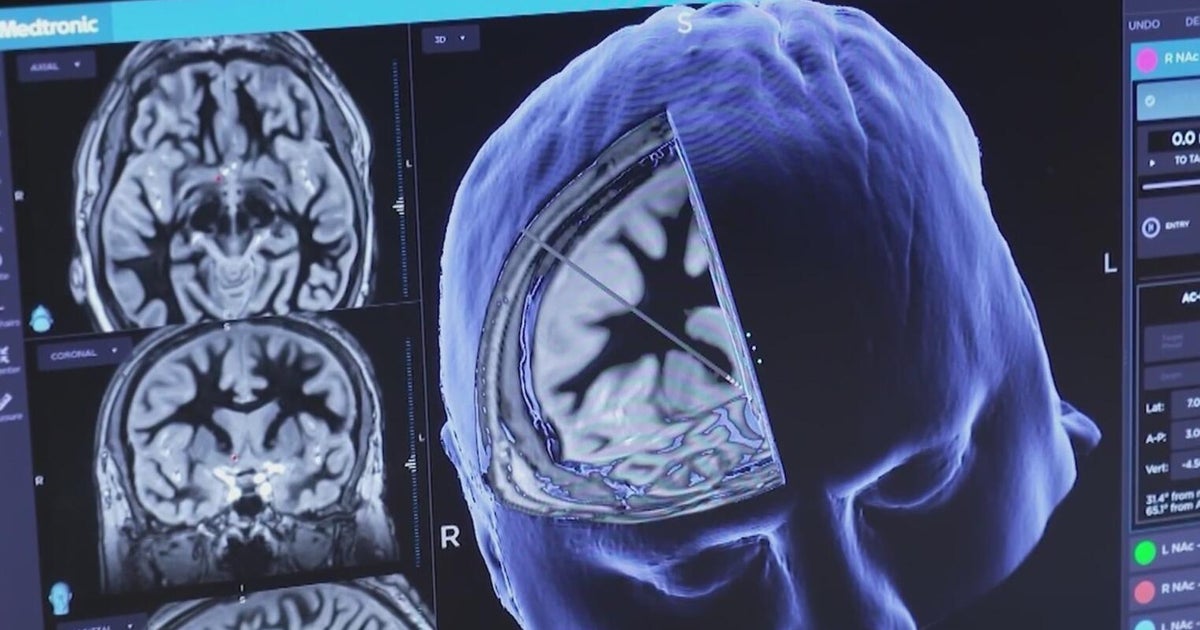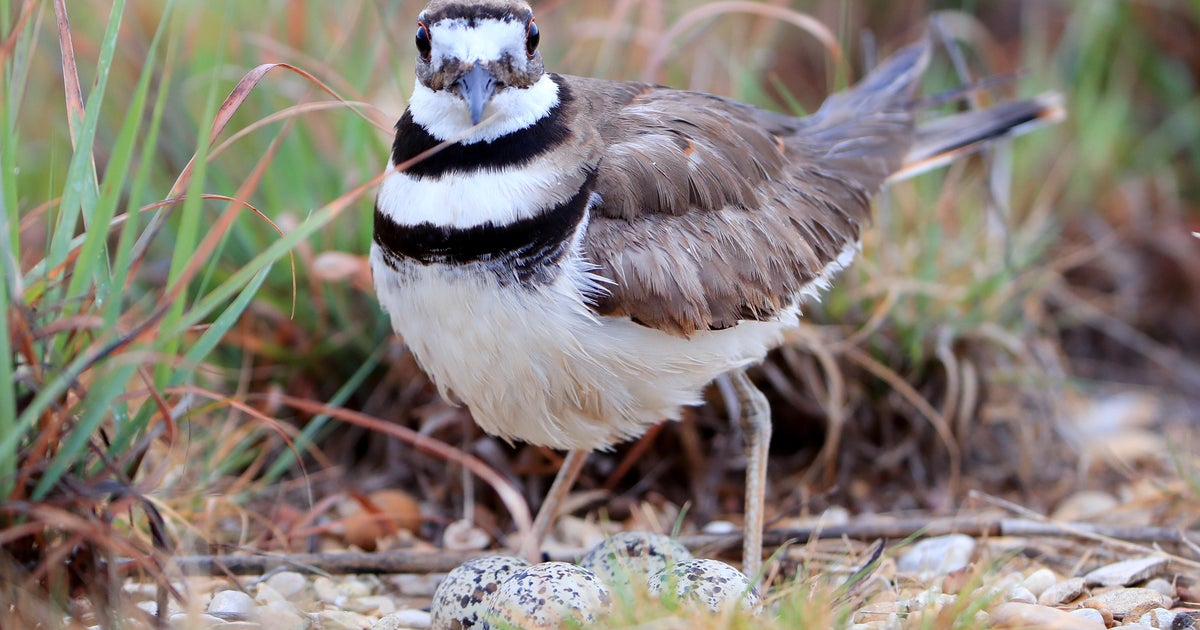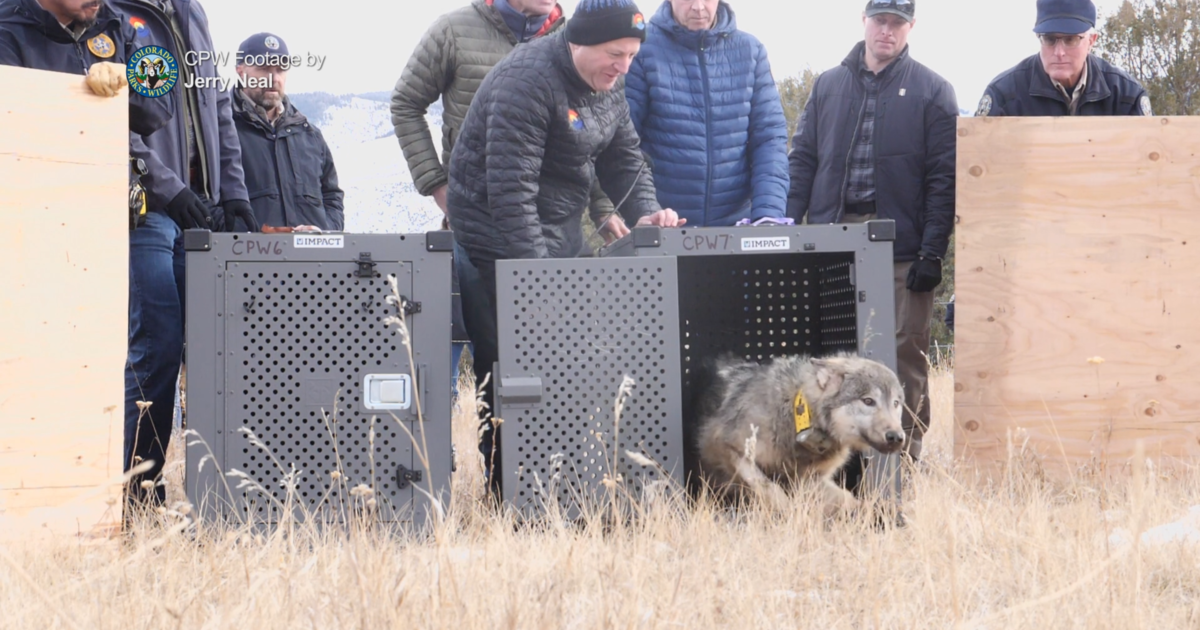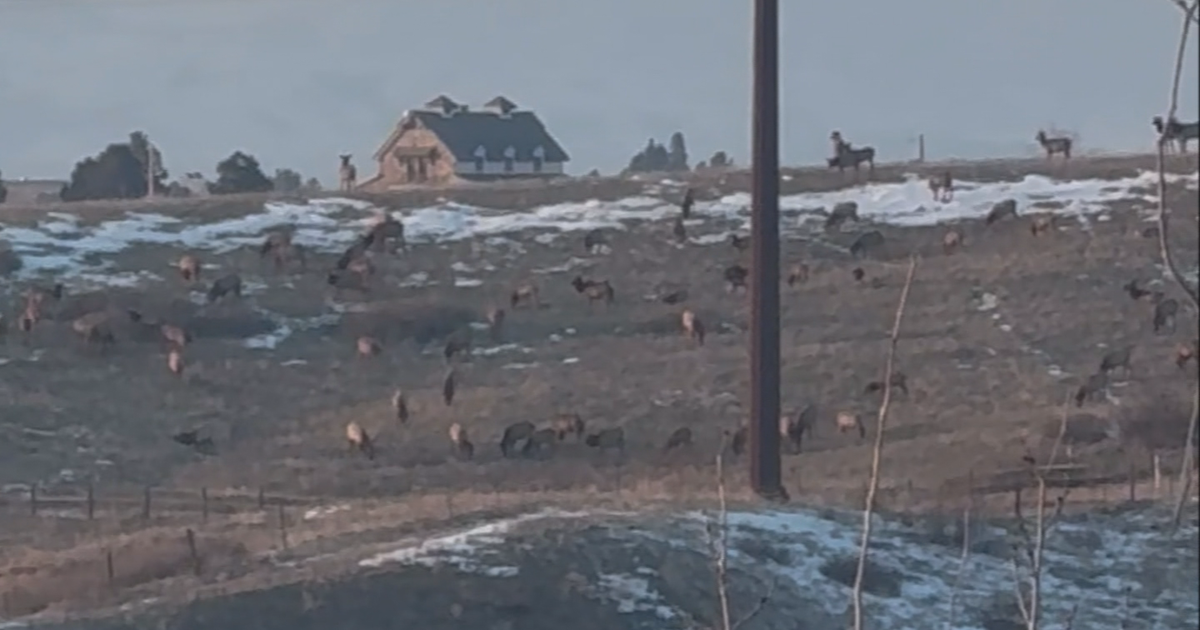Deer Movement Studies Provide Insight Into CWD Spread, Management
(CBS DETROIT) - Since wildlife researchers first detected chronic wasting disease in Colorado in the 1960s, it has emerged as a growing concern for the nation's wildlife agencies and hunters.
The disease is a fatal nervous system malady found in animals from the Cervidae family, which includes deer, moose and elk. It attacks the brain of infected animals, creating small lesions. There is no cure for CWD – it is 100% fatal in all animals that contract it.
Though the disorder affects several species, its impact on deer is of special concern. In states where CWD is established, it diminishes the health of deer and causes long-term population decline.
In Michigan, this disease challenges not only the foundation of wildlife conservation, but the state's long-standing hunting traditions.
Wildlife agencies investigating CWD have found that deer movement is key to disease spread. Understanding deer movement is therefore vital to making the most of CWD management strategies.
Deer movement and abundance can influence several factors contributing to CWD's spread, such as the probability of the disease occurring, contact rates, transmission rates and the geographic extent of an outbreak.
To better understand how this disease may be disseminated by deer, the Michigan Department of Natural Resources has been conducting deer movement studies in CWD-affected areas in the state's Upper and Lower peninsulas.
These studies are critical for the development of management efforts to help curb the effects of the disease.
CWD in the Lower Peninsula
In 2015, when the state's first CWD-positive free-ranging deer was found in mid-Michigan's Ingham County, the DNR implemented a surveillance and response plan it had developed in 2002 (and updated in 2012) in anticipation of the disease being detected.
The response team conducted a survey of deer abundance in the area where the CWD-positive deer was found, identified the physical range of a core CWD area and CWD management zone, and collaborated with Michigan State University to design a study to track the movements and survival rates of deer in south-central Michigan.
The Lower Peninsula deer management study, conducted by the Boone and Crockett Quantitative Wildlife Center at MSU, and funded by the DNR and other partners, is based on some unique geographical components of the initial detection of CWD in Michigan.
Though there have been more than 120 confirmed cases of the disease in free-ranging deer in Michigan since the disease was first found here, the initial nine cases discovered occurred within a relatively concentrated area in the central part of the state.
The initial detection of the disease in Michigan also was unique in that, when it was found in Meridian Township, a Lansing suburb, it marked the first time a state had identified the initial cases of the disease from a more suburban environment, rather than a rural area.
Along with responding to CWD in an area of greater human development comes the increased need to understand how deer movements in these areas differ from rural areas, and how human development influences deer behavior, space use and selected habitat.
These factors influence how disease may spread across the landscape. Understanding how deer behavior differs between urban and rural areas is important for developing informed CWD management strategies.
The study area covers a diverse swath of terrain – from suburban neighborhoods to extensive agricultural land.
Jonathan Trudeau, a doctoral student in fisheries and wildlife at MSU, is on the research team heading up the study in the Lower Peninsula. He explained that, because Michigan's landscape is varied, deer in the southern half of the Lower Peninsula likely don't behave in the same manner as deer in the western and central Upper Peninsula.
"We're collecting data on deer across this developmental gradient, which really hasn't been done before," Trudeau said. "The factors that influence the spread of the disease are likely very different than those in the U.P."
The MSU research team is looking particularly at how far and how frequently deer in these suburban environments disperse – meaning that they permanently move from one area to another – and whether certain habitat structures or landscape features facilitate or hinder those types of movements.
Long-distance movements have the potential to drastically impact the spread of CWD across a broad landscape, but researchers aren't just looking at long-distance or long-term movements.
Short-term movements, called excursions, also can influence the potential spread of CWD. These excursions are temporary movements outside of the deer's typical range.
"We've had some deer go 18 miles there and back within a nine-day period, with pretty much every (sex and age) demographic of the population making these excursions," Trudeau said.
While excursions like these seem relatively harmless, deer may be exposed to chronic wasting disease during these short trips by encountering infected deer or contaminated environments. CWD-positive deer also may make these excursions and expose other deer to the disease.
"One really nice thing about the project is that we're looking at CWD and disease spread in this multifaceted manner," said Trudeau. "We're not only looking at how deer move and interact with their environment, but also how different management strategies impact the spread of disease and how to predict where it may 'spark up.'"
Identifying the portion of the deer population most likely to make long-distance movements helps wildlife managers determine where best to focus management efforts. These data give important insight into how deer move in and around human development and how that activity affects CWD transmission.
© 2019 CBS Broadcasting Inc. All Rights Reserved. This material may not be published, broadcast, rewritten, or redistributed.


